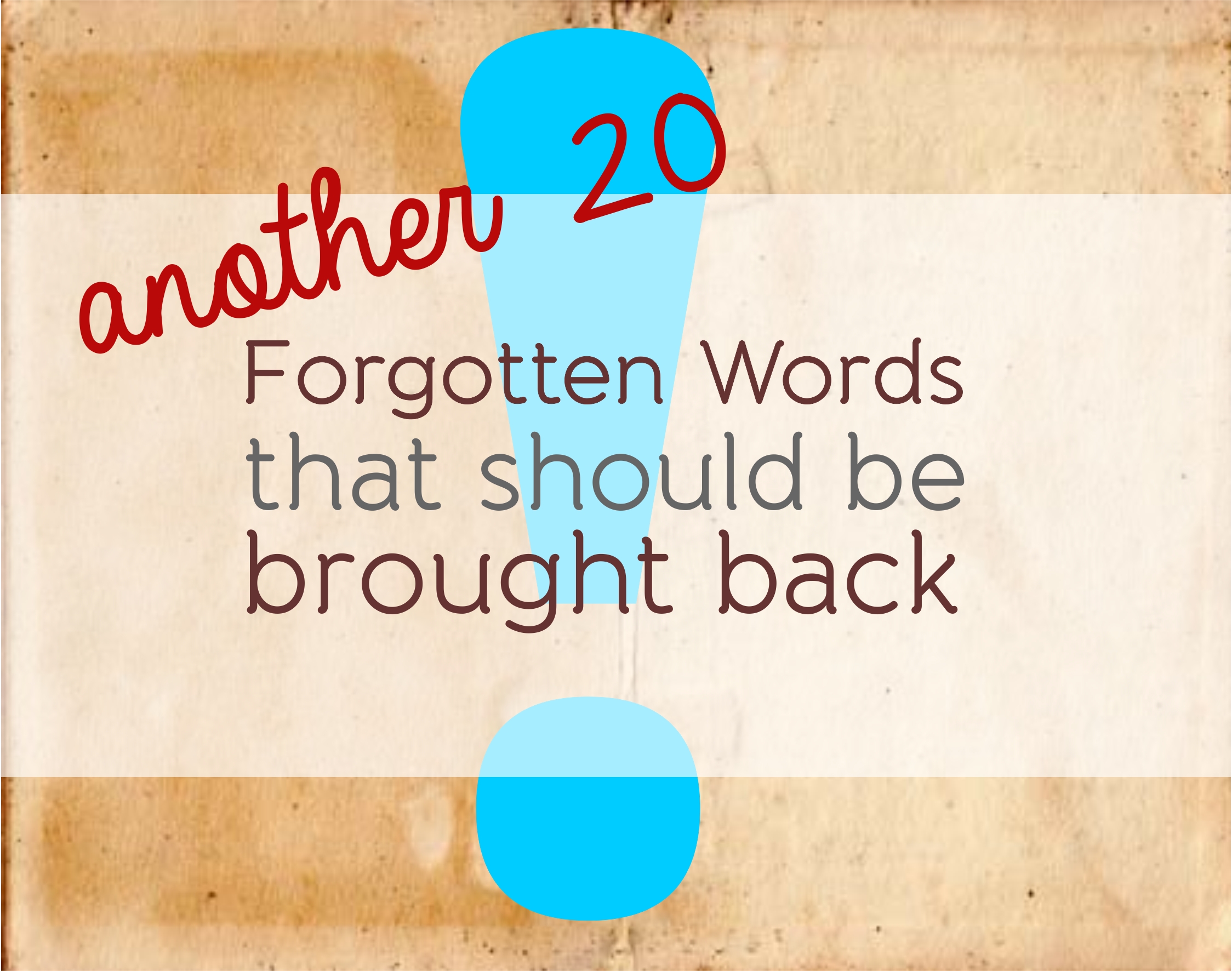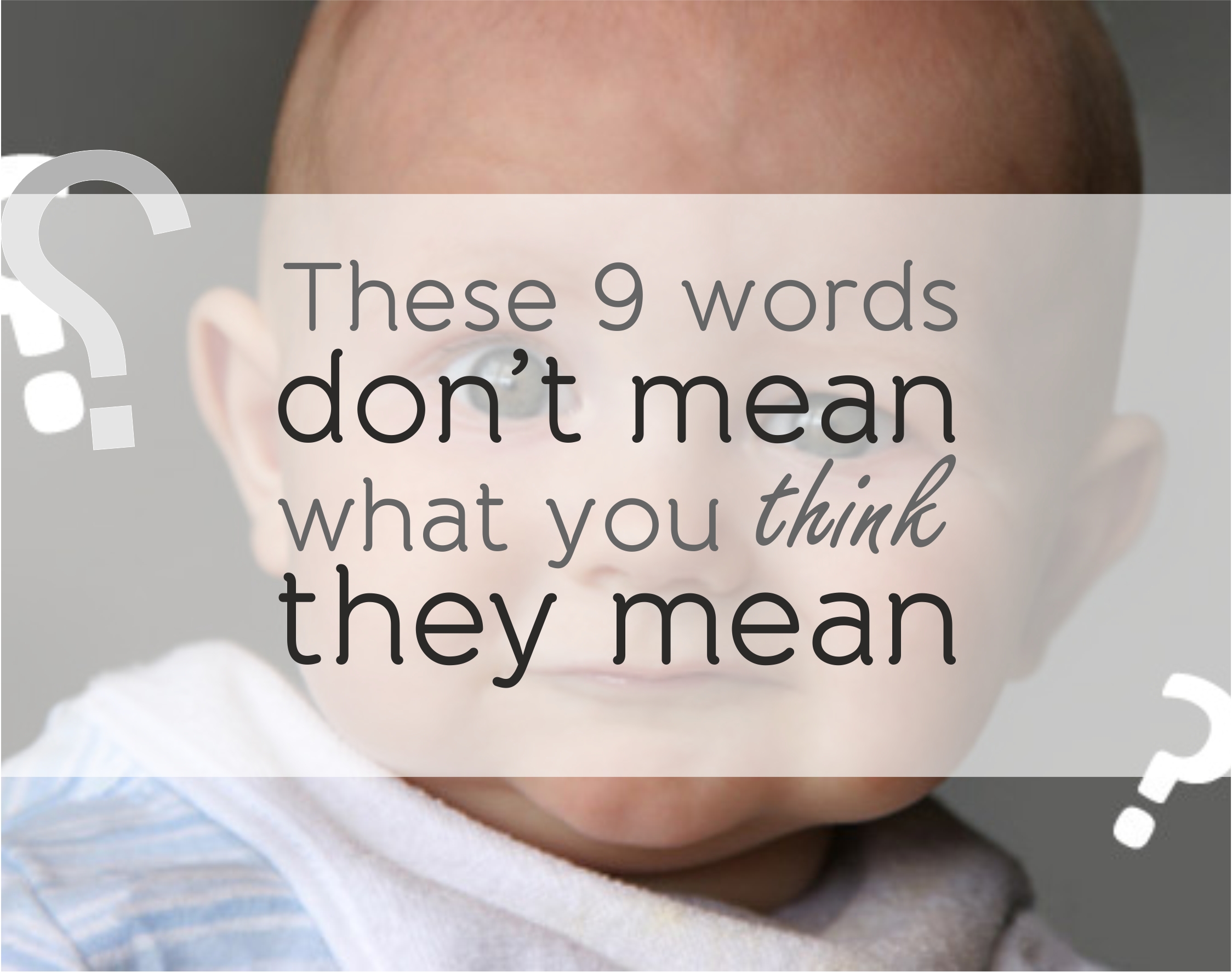15 Famous Books Inspired by Dreams
One does not have to persistently study the literary canon in order to discover compelling narratives and characters. Turning inward and paying close attention to dreams and nightmares makes for an excellent way for aspirant writers to pull themselves out of creative ruts or get started on a new literary piece. Even before Sigmund Freud and Carl Jung wrote their seminal works on dream and archetype interpretation, some of the most famous and influential people (not just authors, playwrights and poets!) sought inspiration in the dreaming world. The following famous books contain elements inspired either by specific subconscious visuals or the bizarre, convoluted way in which they meander through the mind and senses.

Image courtesy: http://img2.wikia.nocookie.net
The Twilight Series by Stephenie Meyer
From Stephenie Meyer’s dreams of a sparkly vampire talking to a puny human woman came the media juggernaut about sparkly vampires and the puny human women who love them. She has yet to mention whether or not the series’ glorification of emotional abuse also came from her nocturnal adventures.

Image source: http://news.bbcimg.co.uk/
Much of H.P. Lovecraft’s Works
It probably comes as little shock to anyone even tangentially familiar with the work of horror master H.P. Lovecraft that the man pulled his inspiration from the vivid nightmares he suffered most nights. Any novel or short story featuring the Great Old Ones especially drew from the more twisted corners of his subconscious.

Image source: http://www.kelmscottbookshop.com
Pilgrim’s Progress by John Bunyan
Though no definitive answers exist regarding whether or not John Bunyan launched the classic Pilgrim’s Progress because of his dreams, he certainly pulled plenty of inspiration from their structure. So while nobody knows for certain, the fact that he so diligently paid attention to how they operated in order to pen his unearthly prose still earns him a place on this list.

Image courtesy: wikimedia.org
The Strange Case of Dr. Jekyll and Mr. Hyde by Robert Louis Stevenson
As with most of H.P. Lovecraft’s terrifying tales, this horror classic also sprang into existence because of its writer’s graphic nightmares. In this case, a “fine bogey tale” tormenting him as he slept grew into one of the most famous and genuinely scary English-language novels ever penned — most especially considering its all-too-human antagonist and protagonist.

Image source: http://litreactor.com
Misery by Stephen King
Another visceral, memorable novel revolving around humanity’s ugliest tendencies unsurprisingly popped straight from respected author Stephen King’s sleeping life. While dozing off on a flight to London, he found inspiration in a chilling nightmare about a crazed woman killing and mutilating a favorite writer and binding a book in his skin. The final product, of course, came out just a little bit different.

Image source: http://noorajahangir.files.wordpress.com
Frankenstein by Mary Shelley
Following the death of her and Percy Bysshe Shelley’s daughter at only 12 days old, the heartbroken Mary Wollstonecroft Godwin dreamt of the child coming back to life after massaging her near a fire. She wrote of it in the collaborative journal she kept with her poet lover (later husband), and most literary critics believe it later grew into one of the most iconic, influential horror novels of all time.

Image source: http://www.siteoffline.com
Stuart Little by E.B. White
One of the most memorable and beloved characters from children’s literature sauntered into E.B. White’s subconscious in the 1920s, though he didn’t transition from notes to novel until over two decades later. From there, the tiny boy with the face and fur of a mouse became a classic that continues to delight both adults and kids even today.

Image source: http://lh6.ggpht.com
Much of Edgar Allan Poe’s Works
Though separating fact from fiction when it comes to Edgar Allan Poe’s internal life remains a difficult task, most literary critics believe his legendary, hallucinatory poems and short stories stemmed from troubled nightmares. Considering how frequently dreams and dreamlike imagery and structure crop up in his oeuvre, it’s a more than safe assumption.

Image source: http://www.jmvarese.com
Jane Eyre by Charlotte Bronte
Part of the eponymous character’s personal arc stems from her highly detailed dreams, both asleep and diurnal slips in and out of consciousness. Though she may not have necessarily pulled inspiration from her own personal dreams, Charlotte Bronte wielded the common literary device of prophetic, subconscious visions, carefully aping their real-life hallucinatory, stream-of-consciousness structure.

Image source: http://www.facsimiledustjackets.com
Fantasia of the Unconscious by D.H. Lawrence
Really, most of D.H. Lawrence’s more lilting, dreamlike works such as Women in Love could qualify for inclusion here. However, Fantasia of the Unconscious so perfectly maps out such experiences and explains their importance and inspiration in such great detail it edges out any other competing works.

Image source: http://marshallmatlock.com
Book of Dreams by Jack Kerouac
Everything readers need to know about this novel comes straight from the title. Beat poster boy Jack Kerouac kept and published a book comprised entirely of his dreams, spanning from 1952 to 1960 and starring characters from many of his other works.

Image source: https://mikehawkeydotcom.wordpress.com
Jonathan Livingston Seagull by Richard Bach
Considering the heavy spiritual and philosophical core of Jonathan Livingston Seagull, it probably comes as little surprise that it initially sprung from Richard Bach’s daydreams of a drifting seabird. Interestingly enough, he could only finish the original draft following another series of subconscious visions!

Image source: https://murmursfromthebalcony.wordpress.com
The Apprenticeship of Big Toe P by Reiko Matsuura
Though available in English and enjoying cult rather than mainstream attention, the novel of a woman who wakes up with a penis for a toe became a bestseller in its native Japan. Her incredibly original premise, meant to explore gender identity and relations, came to her through a most unusual dream she eventually adapted into a favored work of fiction.

Image source: http://robertmijas.com
Twelve Stories and a Dream by H.G. Wells
“A Dream of Armageddon,” specifically, though some claim that many of H.G. Wells’ other classic science-fiction works likely sprouted partially from his dream life. As the title describes, this harrowing work speculates on the dangerous directions in which mankind’s technology could ultimately lead it.

Image source: http://sites.davidson.edu
“Kubla Khan” from Christabel by Samuel Taylor Coleridge
One of the most famous examples of dream-inspired literature, the famous poem — printed in the book Christabel – wafted into Samuel Taylor Coleridge’s brain from a combination of sleep and opium. One of his most beloved works, he described it as a “fragment” rather than a whole, though most critics these days analyze it as the latter.
















